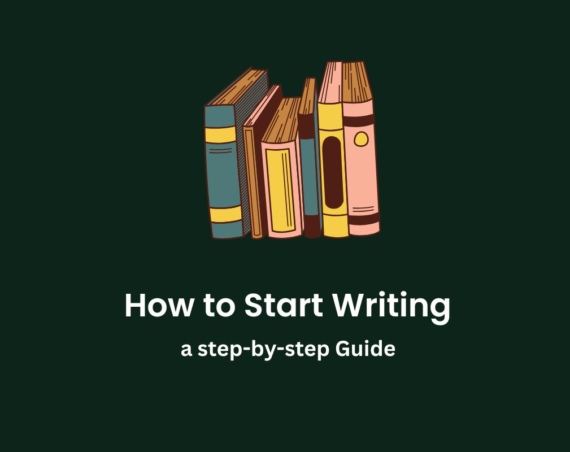Do you want to spice up your novel with some flashbacks?
Flashbacks are like time machines that take your readers back to the past and show them something they didn’t know before. They can make your characters more interesting, your plot more intriguing, and your emotions more intense.
But how do you write flashbacks that work?
Here are some secrets to help you master the art of flashbacks.
1: Have a clear reason for your flashback.
Don’t just throw in a flashback because you think it’s cool or because you ran out of ideas. Make sure your flashback has a specific purpose in your story, such as revealing a character’s backstory, explaining a character’s motivation, or exposing a twist that changes everything.
A good flashback should make your readers go “Wow!” or “Aha!” or “Oh no!”.
2: Choose The Right Trigger For Your Flashback.
A trigger is something that makes your character remember something from their past. It could be anything that sparks a memory, such as a song, a smell, a word, or an object.
A trigger should be related to both the flashback and the present situation. For example, if your character finds an old diary, that could trigger a flashback to their childhood.
3: Use Smooth Transitions To Signal Your Flashback And Return To The Present.
Transitions are clues that help your readers follow your jumps in time and point of view. You can use different techniques to create transitions, such as changing the tense, the voice, the setting, or the style of writing.
For example, if your present story is in third person past tense, you could switch to first person present tense for your flashback. Or if your present story is in prose, you could switch to verse for your flashback. Whatever technique you use, make sure it is clear and consistent throughout your novel.
4: Keep Your Flashbacks Short And Sweet.
Flashbacks should not take over your main story for too long. They should be concise and relevant, not long and boring.
Avoid adding unnecessary details or events that don’t matter to your purpose. Also, avoid having too many flashbacks in your novel, as they can confuse or annoy your readers.
A good rule of thumb is to have no more than one flashback per chapter, and no more than three flashbacks per novel.
5: Make Your Flashbacks Vivid And Emotional.
Flashbacks are not just cold facts. They are warm memories that shape your characters and influence their decisions.
Use sensory details, dialogue, and feelings to make your flashbacks come alive and make them memorable.
Show how your characters felt and reacted in their past situations, and how those situations affect them in the present.
Conclusion
Flashbacks can be a fun and effective way to spice up your novel and hook your readers. By following these secrets, you can write flashbacks that work.



